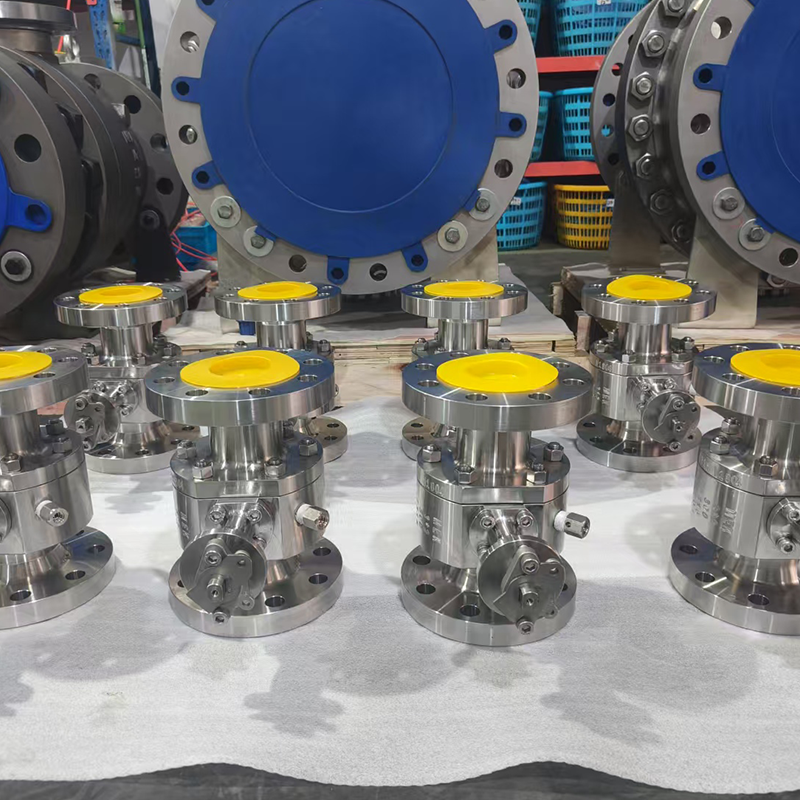
The High Flow Stainless Steel Forged Ball Float Valve is a specialized valve widely utilized in industrial and commercial fluid control systems. Its construction focuses on high flow efficiency, mechanical strength, and corrosion resistance. As industries seek durable and reliable components for fluid level management, this valve type has become a dependable choice due to its performance and the quality of materials used in its design.

At the core of the High Flow Stainless Steel Forged Ball Float Valve is its stainless steel body. Stainless steel is chosen for its resistance to corrosion, oxidation, and temperature fluctuations. It performs well in a variety of environments, including those involving water, steam, light chemicals, and even food-grade applications. The forging process enhances the strength and uniformity of the metal, providing a more compact grain structure that increases mechanical durability. Forged stainless steel components tend to outperform cast parts in terms of strength and resistance to cracking under pressure.
The High Flow Stainless Steel Forged Ball Float Valve also features a float mechanism that operates based on fluid levels. The float, typically constructed from stainless steel or similar corrosion-resistant metals, moves vertically within the valve housing. As the liquid level rises or falls, the float opens or closes the valve accordingly, maintaining a controlled level within the tank or pipeline. Using stainless steel for the float ensures long-term functionality, especially in systems where chemical exposure or high temperatures might compromise other materials.
Another important material consideration in the High Flow Stainless Steel Forged Ball Float Valve is the sealing elements. To ensure leak-free operation, the valve includes seals made from high-performance polymers such as PTFE (polytetrafluoroethylene) or other engineered plastics. These materials are selected for their ability to maintain shape and flexibility across a wide temperature range while offering chemical resistance. In systems requiring higher temperature endurance, graphite or metallic seals may be used to provide added resilience without compromising sealing integrity.
The ball inside the High Flow Stainless Steel Forged Ball Float Valve is also typically made of stainless steel, often with a polished surface to ensure smooth operation and minimal wear. The design allows the ball to move freely and align with the seat to create a reliable shut-off. Stainless steel balls resist pitting and corrosion, contributing to the valve's overall durability.
Each part of the High Flow Stainless Steel Forged Ball Float Valve is manufactured with consideration for operational stress. Fasteners, stems, and support components are generally made from the same grade of stainless steel or compatible alloys to prevent galvanic corrosion. Using similar materials throughout the valve also improves thermal expansion consistency, reducing the risk of leaks or mechanical failure during temperature shifts.
Because of its all-metal construction, the High Flow Stainless Steel Forged Ball Float Valve performs well in both indoor and outdoor settings. It is not easily affected by moisture or varying environmental conditions, making it suitable for marine applications, process industries, and utility systems. Its design also minimizes pressure loss, allowing fluids to pass through efficiently, which is especially important in high-flow applications.
Another benefit of the High Flow Stainless Steel Forged Ball Float Valve is ease of maintenance. The robust material selection reduces wear over time, limiting the frequency of part replacement. Additionally, forged components are less porous than cast alternatives, lowering the risk of internal corrosion and making the valve easier to clean or inspect during maintenance intervals.

